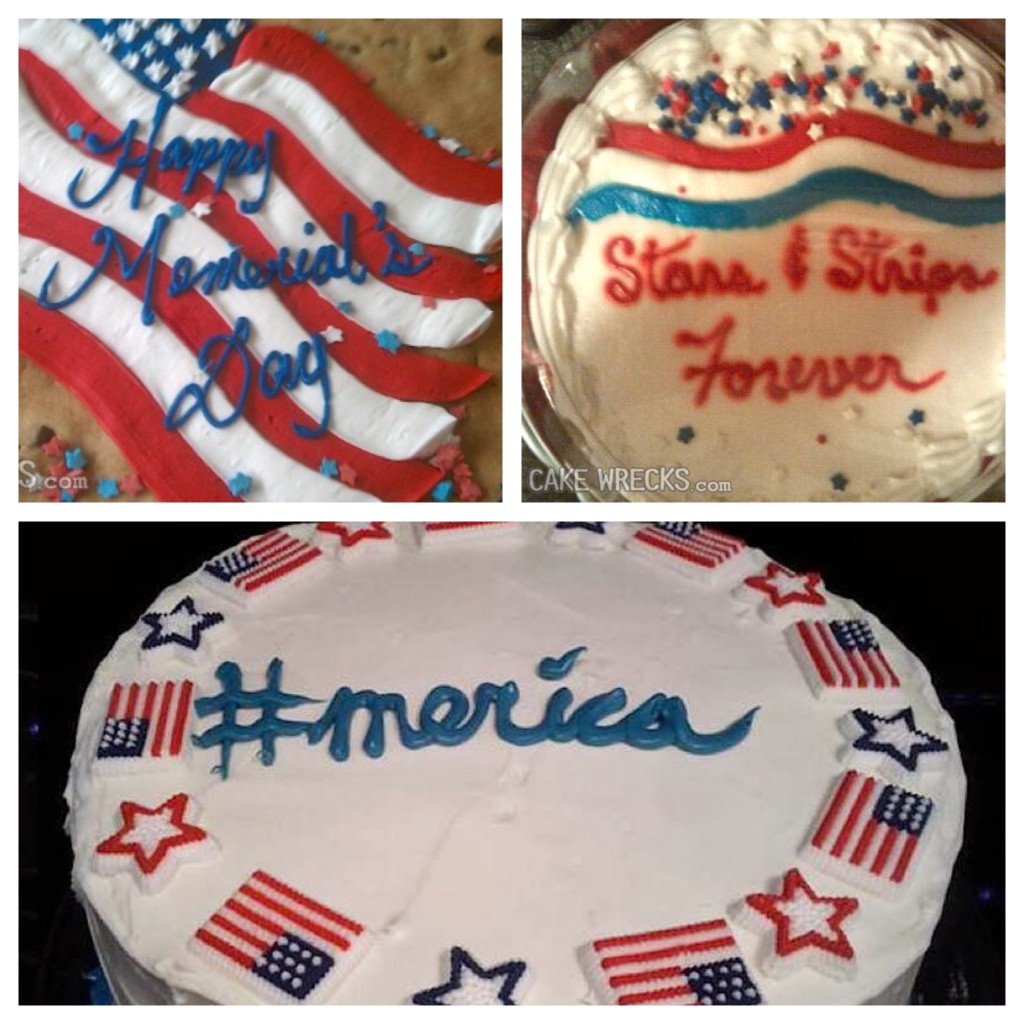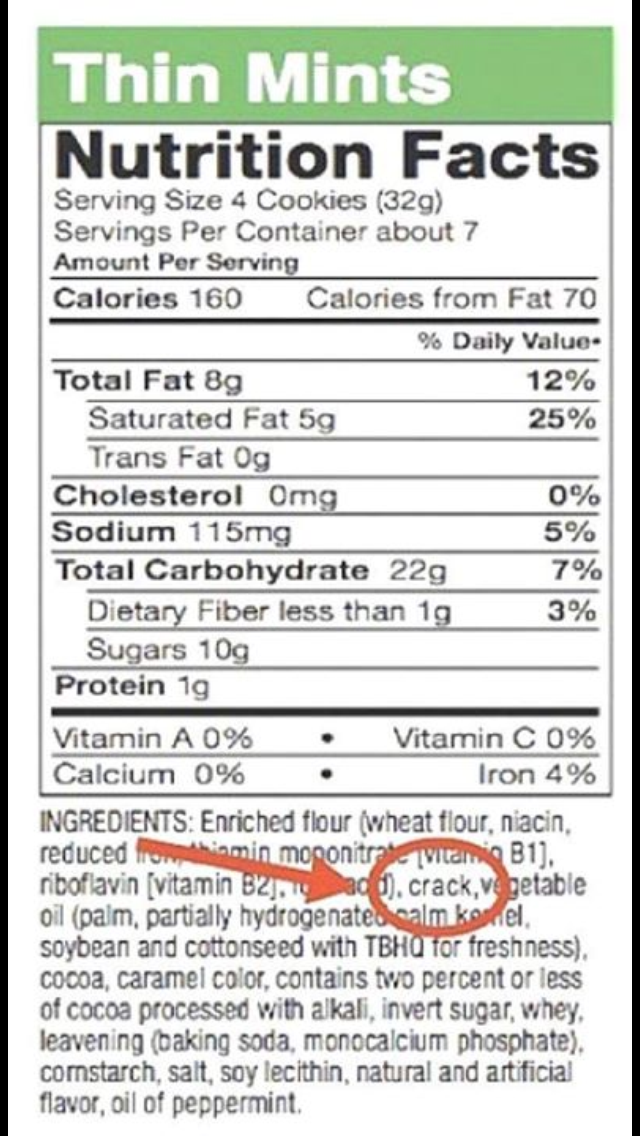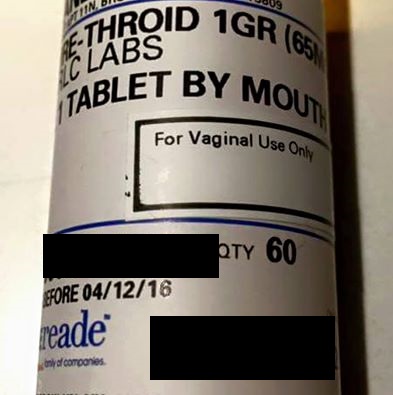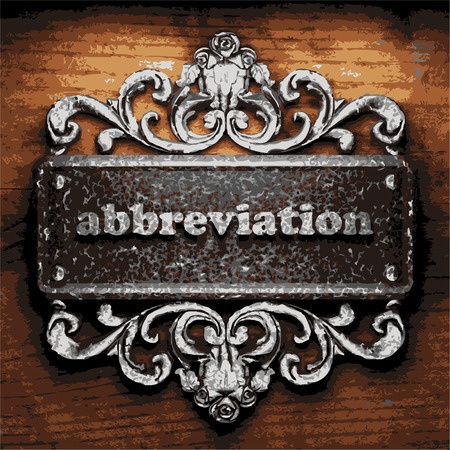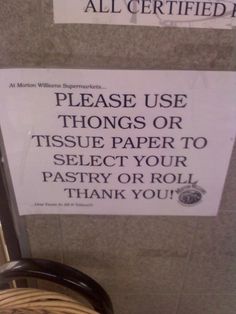In this blog post title, I’m singing the song lyric of “For the Love of Money” by the O’Jays (and yes, I know my age is showing). I came across something in proofreading at work today that I thought I should cover. The phrase was “$1 million dollars.” My thought was that since the dollar sign is there and means “dollars,” the word “dollars” is superfluous. So I decided to research the Gregg Reference Manual rules on money.
The first choice with money is to use the dollar sign and numbers.
You can spell the money reference out when it is isolated and you don’t want to emphasize it.
Indefinite amounts of money should be spelled out.
When your sentence contains a whole dollar amount, you do not need to add a period and two zeros UNLESS it is in the same context as an amount with dollars and cents or you need to give special emphasis to an exact amount.
- INCORRECT: The bread sold for $3, but the butter was $4.25.
- CORRECT: The bread sold for $3.00, but the butter was $4.25.
- I will give you $40.00 for dinner and not a penny more.
If you have numbers in a column, all of the numbers should have the decimal and two zeros so the numbers line up and look consistent.
When you have very large amounts of money, it is appropriate to use numbers and words, but use EITHER the dollar sign OR the word “dollars,” not both.
- $3 million
- 3 million dollars
Fractional amounts of money should either be spelled out or all numbers, but not an actual fraction.
- INCORRECT: 1/2 of a million dollars
- CORRECT: half of a million dollars
- CORRECT: $500,000
For amounts of money under a dollar, normally use figures and the word “cents.”
- She paid 49 cents for that shake.
However, do not use the dollar sign and decimal point with cents except when related amounts of money require the dollar sign
- Today I spent $3.50 for pens, $14.00 for paper, and $.35 for sticky notes.
- I found a deal on sticky notes and paid only 35 cents per pack.
Where you use the dollar sign or cents sign for a range of numbers, use the symbol with each amount.
- INCORRECT: My budget for a car was $15,000 to 20,000.
- CORRECT: My budget for a car was $15,000 to $20,000.
Also, to be clear, if you are using words for the dollar amount, use it after each number.
- INCORRECT: The income was expected to be between $3 and $5 million. This could be read to be between three dollars and five million dollars and that’s quite a spread.
- CORRECT: The income was expected to be between $3 million and $5 million.
However, where you are spelling out the numbers, you can add the dollar amount after the last number.
- The income was expected to be between three and five million dollars.
In legal documents such as contracts and agreements where it needs to be crystal clear, you should spell out the dollar amount and then put the numbers in parentheses right after.
- The sales price is Three Hundred Forty-five Thousand Dollars ($345,000.00).
- NOTE: The word “and” does not appear between “Hundred” and “Forty-five.” Even though you may verbally say it that way, it is correct to leave it out, although you can add it if you choose.
When you are describing foreign money, it usually is shown with an abbreviation or a currency symbol at the front.
- US$45,000
- Can$45,000
- €45,000
- ¥45,000
Well that didn’t increase my coffers any, but now we all know more about writing about money. Please add a comment below or email proofthatblog@gmail.com with your burning questions and we can all learn a little something perhaps we didn’t know.



 Follow
Follow